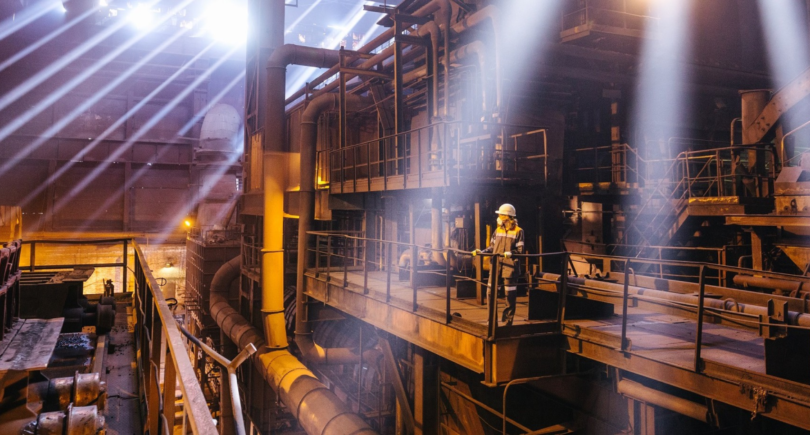
The company plans to reduce operational emissions by at least 30% by 2030
Australia’s BHP Group has announced it is on track to reduce its operational emissions by at least 30% by 2030 (compared to 2020 levels). The mining company will spend $4 billion on its decarbonization efforts over the next seven years, informs Australian Financial Review.
According to Graham Winkelman, the group’s head of carbon management, the path ahead for the company is not linear – emissions will rise in line with the miner’s development plans and then fall again by 2030.
BHP expects to spend 40% of its decarbonisation funds on its iron ore operations in Western Australia between the next financial year and the end of the decade. What about company’s mining operations in Australia? Anna Wiley, group vice president of planning and technical affairs, noted that diesel is the second largest source of emissions after methane. According to her, electricity is needed to replace diesel. BHP uses 1,500 megaliters of diesel in more than 1,000 pieces of equipment.
The company plans to install 500 MW of renewable energy sources at its facilities in the Pilbara region. BHP intends to test Caterelelectric electric trucks in 2024, and Komatsu vehicles in 2025. Full deployment of electric trucks is planned for 2028. Electric wagons are planned to be tested in the same period and deployed by 2029.
As GMK Center reported earlier, BHP Group is considering the possibility to increase the production of iron ore in Western Australia to 300 million tons per year from the current annual volume of 280-290 million tons. The company’s plans are based on expectations regarding the growth of global demand for iron ore and the rate of decarbonization. The increase in production volumes will, among other things, involve the further elimination of bottlenecks in port and railway logistics and a constant increase in productivity.




